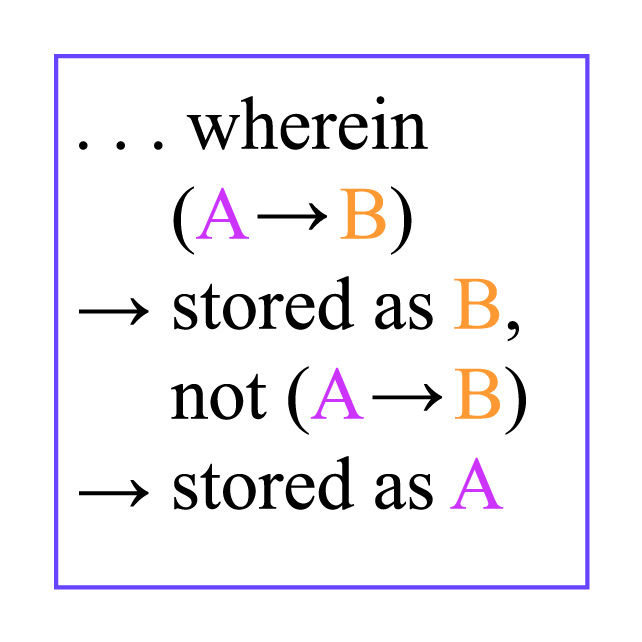Some Observations on Attention
- Anne Ross
- Oct 23, 2021
- 2 min read
The Scrooge Factor

AN INTERESTING FEATURE of human perception is that first impressions often tend to be lasting ones. Universally, the term “scrooge” refers to a miser, not a benefactor, although Dickens certainly intended more to emphasize Ebenezer Scrooge’s profound change of heart in A Christmas Carol, that we might admire it and take it as a lesson.
Instead, in the interest of shorthanding such stories and their lessons, it is curious that we tend to focus on the before shots rather than the afters. The Prodigal Son continues to remain prodigal, his fate sealed by the title of his narrative; the Christ story weighs in more heavily on the crucifixion than on the arising afterward (the representative symbol chosen being the cross, not a figure with arms reaching upward in joy); and even L. Frank Baum’s Dorothy Gale somehow remains immersed in the land of Oz, inspired by hope and home, despite the fact that she has returned to a grayscale Kansas where Miss Gulch still has it in for Toto.
vs.
The “What Have You Done for Me Lately?” Factor

CONVERSELY, at other times, once an error—whether social, moral, legal, or fashion—has been committed by certain political and/or entertainment figures, we tend forget or ignore the contributions or “positives” that have characterized their earlier days. Many a career has ended or been seriously dented once the public took offense.
. . . as well as . . .
How We Fix Our Attention
I WELL REMEMBER THE CARTOON that took up the back cover of a Peanuts comic book I had as a kid. Charlie Brown, in the outfield, sees a fly ball arcking his way; rushes to collect scrap wood, hammer, and nails; rapidly constructs a ladder and leans it against the outfield fence; and scrambles up it to snag the incoming ball in the nick of time to make the out for his team—after which Lucy wanders over, notices a bent nail sticking out of the side of the ladder, and crabs, “Lousy carpentry.”
. . . and . . .
Zebra Stripes (Black on White, White on Black, or Red All Over?)
IS IT NOT INTERESTING that so often the one tiny contrasting dot, rather than the much greater expanse of color of a wall's surface, or even the wall itself, or the fact of the wall, is what consumes our attention?

Comments